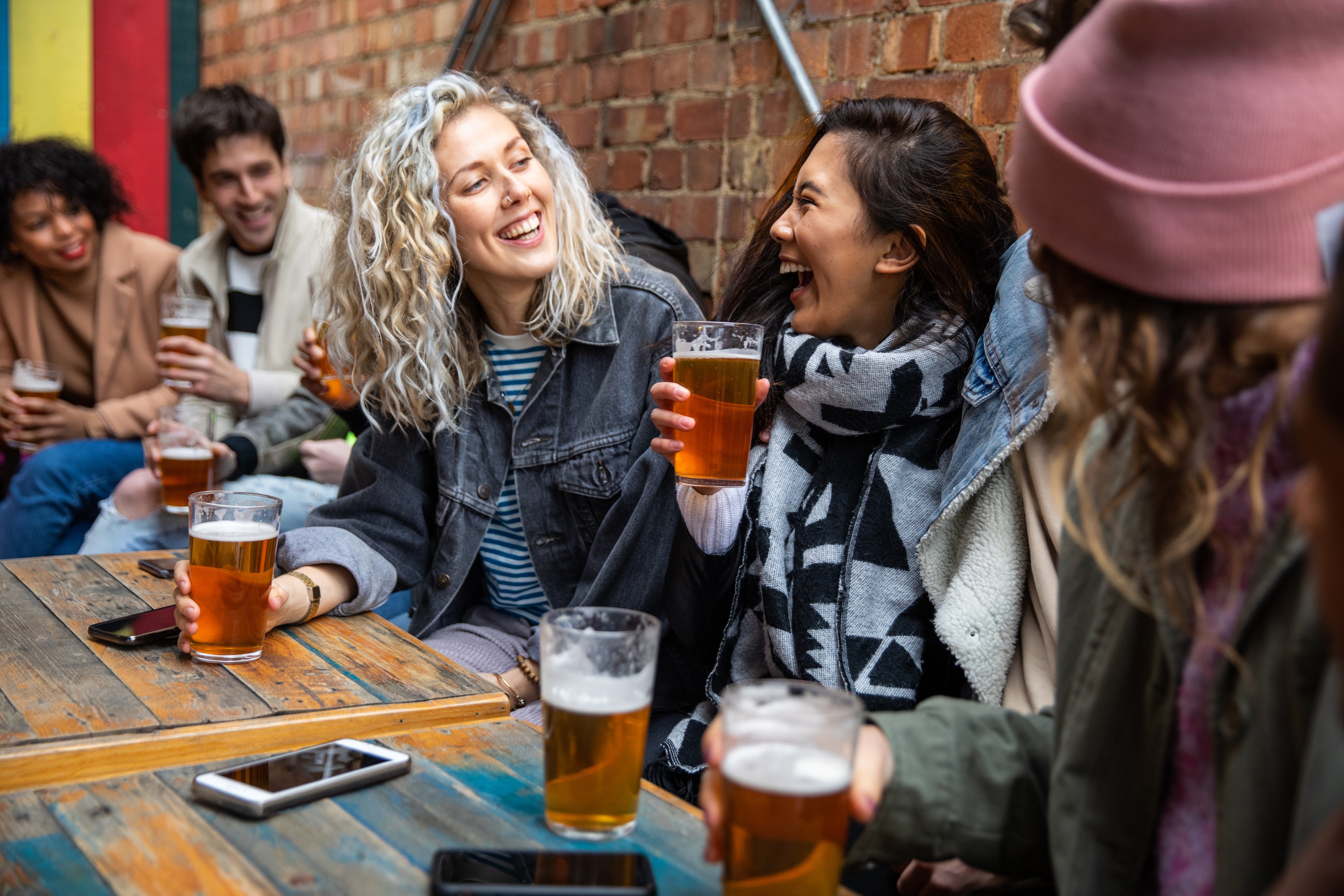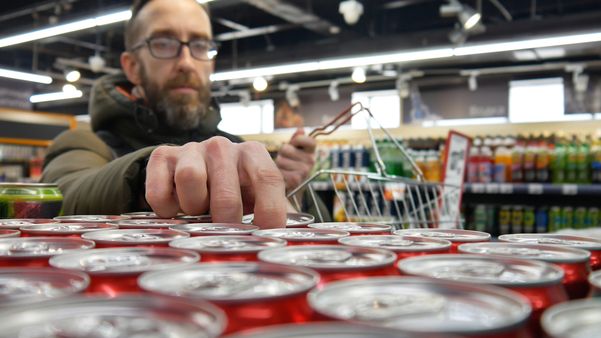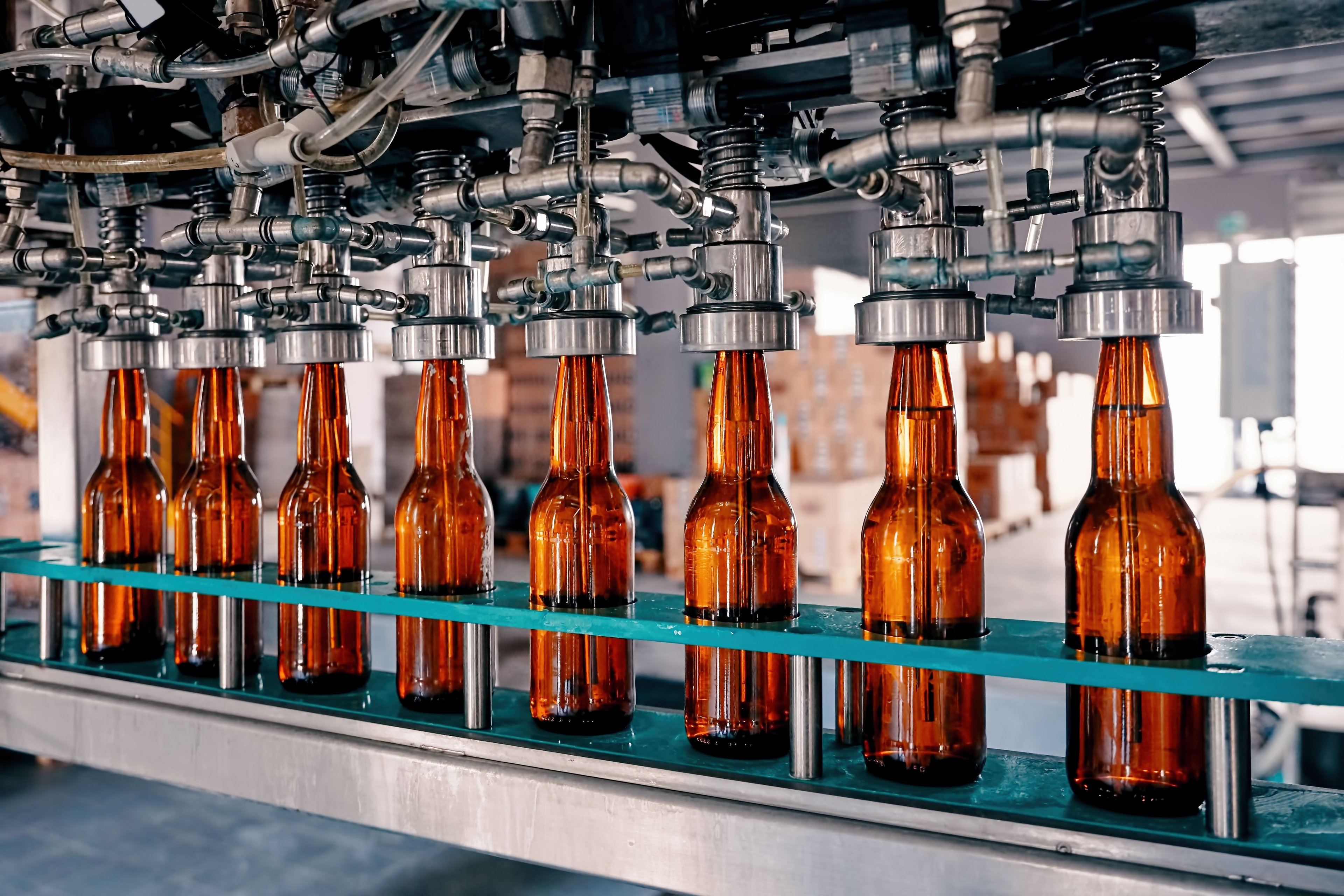After suffering through a protracted decline in craft beer sales, Boston Beer (SAM +0.43%) might very well be on the verge of recording its first quarterly gain in five years for the Samuel Adams brand.
That it's apparently happening in the midst of the coronavirus pandemic makes it that much more remarkable, yet industry data suggests sales of the brewer's flagship brand are surging, and the performance pushed sales into positive territory for the year.

Image source: Boston Beer.
The power of seltzer's effervescence
The struggles of the Samuel Adams brand have been extensively reported, and it has only been consumers' new-found passion for hard seltzer that has kept Boston Beer growing.
The brewer produced 5.3 million barrels in 2019, a 24% increase over the year before, but most of that now comes from its Truly brand of hard seltzer. It was only because the Brewers Association changed the definition of a craft brewer to say a brewery merely had to produce some beer to still meet the criteria that Boston Beer could still be classified as a "craft brewer."
Yet Truly's phenomenal success now endangers its craft beer status in another way, because Boston Beer may soon bump up against the six-million-barrel production threshold. If hard seltzer continues to grow as it has -- and recent stats indicate it may actually be even more popular than it was -- the brewer may soon exceed those limits.
And now that Samuel Adams is also experiencing growth once more, Boston Beer just might blow through the confines of the definition faster than previously believed possible.
Crafting a new growth story
Data from industry analysts at IRI shows that over the four-week period ending March 22, sales of Samuel Adams Boston Lager surged 22.3% from the same period last year, and sales are now up 2.3% year to date.
All craft beer sales are rising, with off-premise retailers like package goods stores and supermarkets reporting a 15.2% increase in dollar sales (all alcoholic beverages, including wine and spirits, are up by double-digit rates during the pandemic).
Other brands besides Samuel Adams have also seen their sales prospects reverse course over the past month. Sierra Nevada Pale Ale is up nearly 11% and New Belgium Fat Tire Amber Ale has risen almost 13%, but their year-to-date sales remain in negative territory, which is why Boston Beer's Samuel Adams performance is all the more noteworthy.
Bending the curve
Although Boston Beer doesn't report actual sales numbers for any of its brands, Samuel Adams or otherwise, it advises each quarter whether depletions, which are sales to distributors and retailers, and are considered an industry proxy for consumer demand, are positive or negative.
For five years running now, the brewer has indicated Samuel Adams depletions were negative, and there was no indication that was changing despite the brewer's attempts at new packaging, new product introductions, and anything else it could do to reverse course.
Apparently, though, having to sit at home and watch TV is causing consumers to renew their affinity for what has largely been the face of the craft beer industry for decades.
Don't start making toasts just yet
There are some caveats, of course. The IRI data is only measuring off-package premise sales. It doesn't take into consideration restaurant and bar sales, which were among the first casualties of the pandemic as they were the first establishments forced to shut down to help control the spread of COVID-19, the disease caused by the coronavirus.
It may be that drinkers who normally would have consumed Samuel Adams while sitting at a bar or restaurant instead began buying the beer to take home with them, since they were required to practice social distancing.
The data is also measuring dollar sales, not volume sales, so pricing will play a more important role than production.
Even taking those factors into consideration, it bodes well for Boston Beer. Maybe Samuel Adams depletions won't rise when it reports first quarter earnings, but the trend is certainly better than the brewer has experienced in a long time.
And if it represents new drinkers discovering the beer, or includes fans who wandered away to try other brands, but have now returned again as they sit at home, we may see they'll stay for a while once more.






